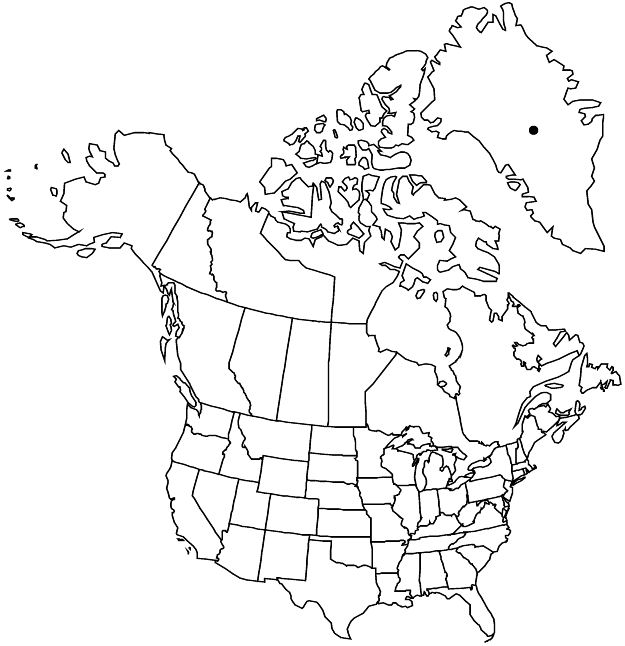Difference between revisions of "Potentilla rubella"
Meddel. Grønland 101(2): 106, plates 1–3. 1934.
FNA>Volume Importer |
imported>Volume Importer |
||
| Line 50: | Line 50: | ||
|publication year=1934 | |publication year=1934 | ||
|special status= | |special status= | ||
| − | |source xml=https:// | + | |source xml=https://bibilujan@bitbucket.org/aafc-mbb/fna-data-curation.git/src/bb6b7e3a7de7d3b7888a1ad48c7fd8f5c722d8d6/coarse_grained_fna_xml/V9/V9_213.xml |
|subfamily=Rosaceae subfam. Rosoideae | |subfamily=Rosaceae subfam. Rosoideae | ||
|tribe=Rosaceae tribe Potentilleae | |tribe=Rosaceae tribe Potentilleae | ||
Revision as of 00:27, 28 May 2020
Glands sparse to abundant, red, stipitate (at least on calyx and hypanthium). Stems 0.5–2 dm. Basal leaves 3–6 cm; petiole 2–4 cm, hairs common to abundant, ± ascending to spreading, 1–1.5 mm, weak to stiff, glands sparse to common; leaflets (4–)5(–6), central one obovate, 0.5–1.5 × 0.3–0.9 cm, distal ca. 1/2 of margin incised ca. 1/4 to midvein, teeth (2–)3(–4) per side, surfaces ± similar, abaxial pale reddish green, hairs sparse to common on primary veins, spreading, 0.6–1 mm, ± stiff, adaxial green or reddish, glabrous or sparsely hairy. Cauline leaves 1–2; stipules fused with all or most of petiole, free portion shorter than fused portion. Inflorescences (1–)2–5-flowered. Pedicels 1–3 cm (proximalmost to 5 cm). Flowers: epicalyx bractlets linear to narrowly lanceolate, 4–6 × 0.9–1.2 mm; hypanthium 3–4 mm diam.; sepals 5–7 mm, apex subacute or acute; petals 7–9 × 4–6 mm; filaments 0.7–0.9 mm, anthers 0.4 mm; carpels 40–50, styles 0.9–1.1 mm. Achenes not known. 2n = 28, 42 (Siberia).
Phenology: Flowering summer.
Habitat: Herb-Salix meadows, herb slopes, open tundra, among mosses
Elevation: 0–500 m
Distribution

Greenland, Asia.
Discussion
Potentilla rubella combines characteristics of P. hyparctica (sect. Aureae) and P. stipularis. The species is strongly supported as an intersectional hybrid with polytopic origins. It reproduces by seed, shows no transitions to its presumed parental species, and has significant ranges in eastern and northeastern Greenland and northern Asia.
Selected References
None.